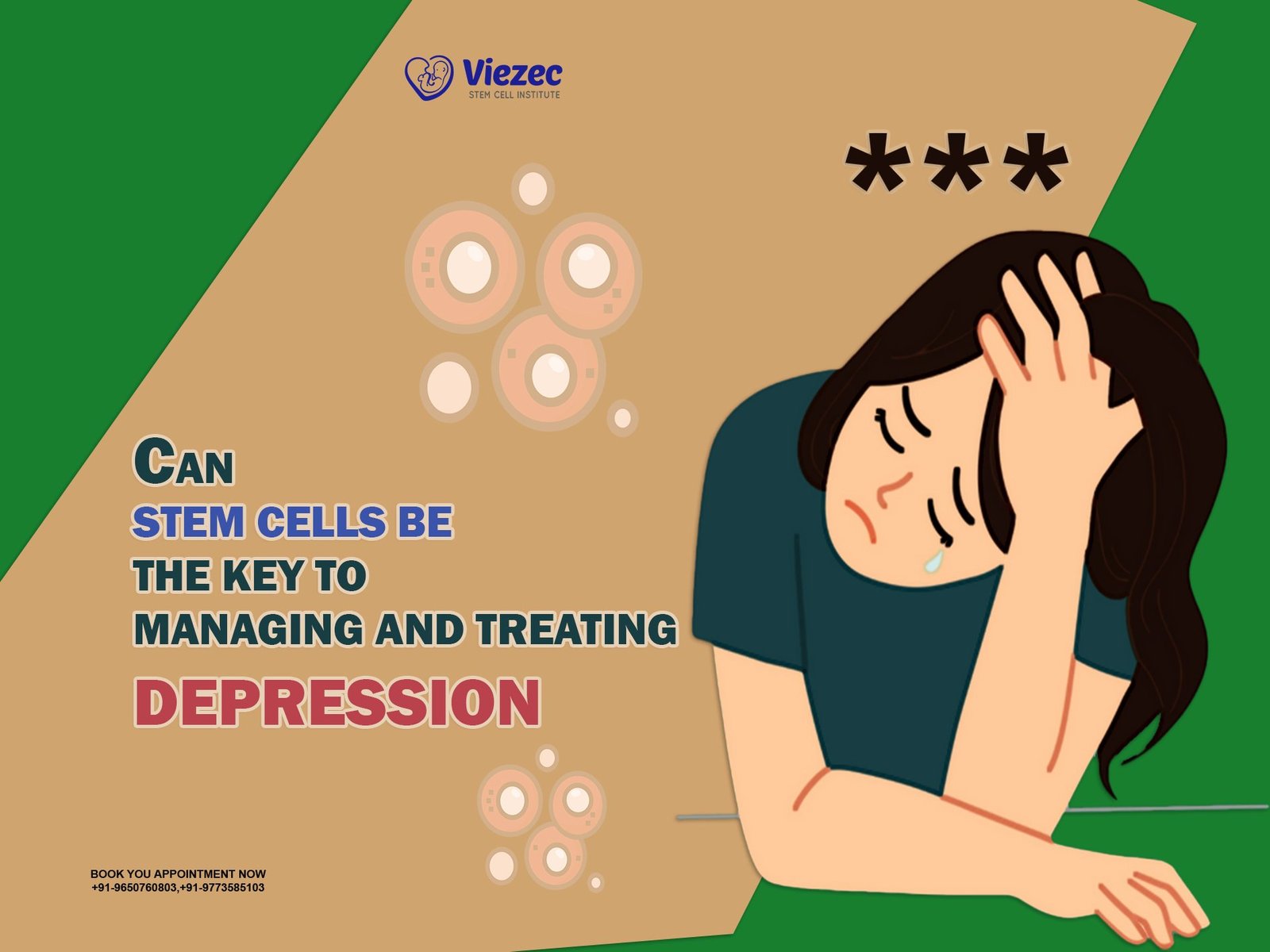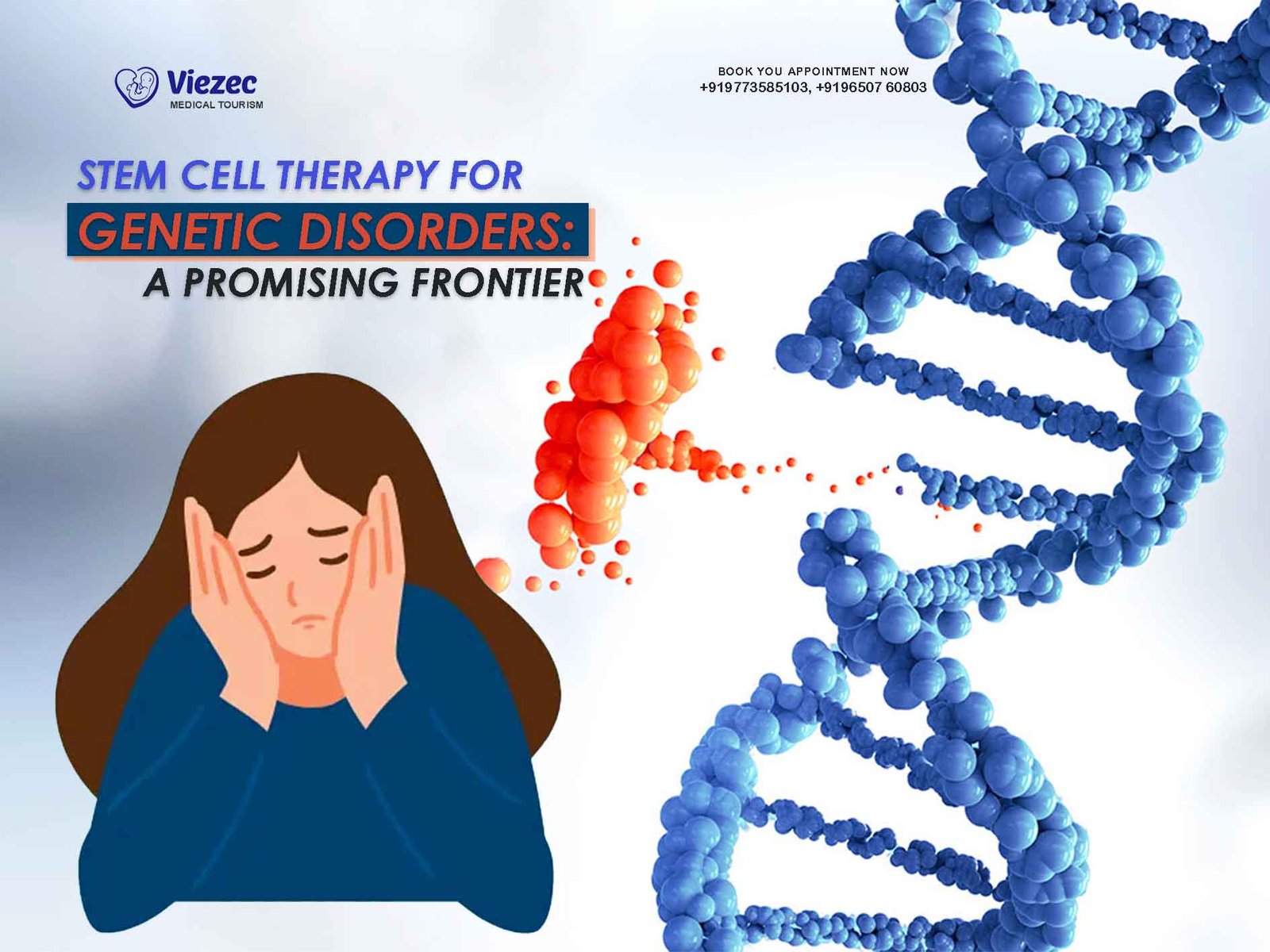Brain damage is a devastating condition that can occur due to various factors such as trauma, stroke, or neurodegenerative diseases like Alzheimer’s or Parkinson’s. It often leads to significant impairment in cognitive and motor functions, severely affecting the quality of life for patients and their families. Traditional treatments for brain damage focus on managing symptoms rather than restoring lost function. However, recent advancements in medical science, particularly in the field of stem cell therapy, offer a promising avenue for treating brain damage and potentially reversing its effects. We will explore how stem cell therapy holds immense potential in offering hope for patients with brain damage.
Understanding Brain Damage
Before delving into the potential of stem cell therapy, it’s essential to understand the nature and consequences of brain damage. Brain damage can result from various causes, including traumatic brain injury (TBI), ischemic stroke, hemorrhagic stroke, infection, tumors, or neurodegenerative diseases. Regardless of the cause, brain damage can lead to a range of cognitive, sensory, and motor deficits.
Types of Brain Damage
Traumatic Brain Injury (TBI)
TBI occurs due to a sudden trauma to the head, leading to brain dysfunction. This type of injury can result from falls, vehicle accidents, sports injuries, or violence. TBI severity can vary from mild (concussion) to severe, causing long-term or permanent impairment.
Stroke
Strokes occur when blood flow to the brain is interrupted, either due to a blockage (ischemic stroke) or bleeding (hemorrhagic stroke). Lack of oxygen and nutrients can lead to brain cell death, causing lasting damage.
Neurodegenerative Diseases
Conditions like Alzheimer’s, Parkinson’s, and Huntington’s diseases involve progressive degeneration of brain cells, leading to cognitive decline, movement disorders, and other symptoms.
Consequences of Brain Damage
The consequences of brain damage can be profound and diverse, depending on the severity and location of the injury. Common effects include:
- Cognitive impairment: Memory loss, difficulty concentrating, and impaired judgment.
- Motor deficits: Weakness, paralysis, tremors, and coordination problems.
- Sensory disturbances: Vision or hearing loss, altered perception of touch, taste, or smell.
- Emotional and behavioral changes: Depression, anxiety, mood swings, and personality changes.
Challenges in Treating Brain Damage
Treating brain damage poses significant challenges due to the complexity of the brain and its limited regenerative capacity. Current treatment approaches mainly focus on symptom management and rehabilitation rather than addressing the underlying damage. Some of the challenges in treating brain damage include:
Limited Regeneration
Unlike some other tissues in the body, such as skin or bone, the brain has limited regenerative capacity. Once brain cells are damaged or destroyed, they are typically not replaced, leading to permanent deficits.
Blood-Brain Barrier
The blood-brain barrier (BBB) is a protective barrier that regulates the passage of substances between the bloodstream and the brain. While it serves a crucial role in protecting the brain from harmful substances, it also presents a challenge for delivering therapeutic agents, including stem cells, to the brain.
Inflammatory Response
Following brain injury, the body’s inflammatory response can exacerbate tissue damage. Chronic inflammation can impede the healing process and contribute to long-term neurological deficits.
Individual Variability
Each case of brain damage is unique, and the effects can vary widely among individuals. Tailoring treatments to address specific deficits and underlying causes requires a personalized approach.
Promise of Stem Cell Therapy
Stem cell therapy holds great promise for treating brain damage by harnessing the regenerative potential of stem cells to repair or replace damaged tissue. Stem cells are unique cells with the ability to differentiate into various cell types and self-renew, making them ideal candidates for regenerative medicine applications.
Types of Stem Cells Used in Therapy
Embryonic Stem Cells (ESCs)
ESCs are derived from early-stage embryos and have the potential to differentiate into any cell type in the body. Their pluripotent nature makes them valuable for studying development and potentially treating a wide range of diseases.
Neural Stem Cells (NSCs)
NSCs are a specialized type of stem cell found in the nervous system, capable of generating neurons, astrocytes, and oligodendrocytes. They play a crucial role in neurogenesis and can potentially be used to repair damaged neural tissue.
Induced Pluripotent Stem Cells (iPSCs)
iPSCs are generated by reprogramming adult cells, such as skin cells, to revert to a pluripotent state. Like ESCs, iPSCs can differentiate into various cell types, offering a potentially limitless source of patient-specific cells for regenerative therapies.
Mechanisms of Action
Stem cell therapy offers several mechanisms through which it can promote tissue repair and functional recovery in brain damage patients:
Cell Replacement
Stem cells can differentiate into neurons, astrocytes, or oligodendrocytes, replacing damaged or lost cells in the brain. This process can restore neural circuitry and improve neurological function.
Neuroprotection
Stem cells secrete various growth factors and cytokines that promote cell survival, reduce inflammation, and protect existing neurons from further damage. This neuroprotective effect can limit the extent of injury and facilitate recovery.
Modulation of the Microenvironment
Stem cells can modulate the local microenvironment in the injured brain, promoting tissue regeneration, angiogenesis (formation of new blood vessels), and remodeling of neural networks.
Preclinical and Clinical Studies
Numerous preclinical studies in animal models have demonstrated the efficacy of stem cell therapy in promoting functional recovery following brain injury. These studies have shown improvements in motor function, cognitive abilities, and neuronal regeneration.
Stroke
In animal models of stroke, transplantation of stem cells has been shown to improve motor function, reduce infarct size, and enhance neuroplasticity. Clinical trials have also shown promising results, with some patients experiencing improvements in motor skills and quality of life following stem cell transplantation.
Traumatic Brain Injury
Preclinical studies in TBI models have shown that stem cell therapy can promote neuronal regeneration, reduce inflammation, and improve cognitive function. While clinical trials are still ongoing, early results suggest the potential for stem cell therapy to improve outcomes in TBI patients.
Neurodegenerative Diseases
Stem cell therapy holds promise for treating neurodegenerative diseases by replacing lost neurons, promoting neuroprotection, and modulating disease progression. While clinical trials are ongoing, initial findings suggest that stem cell-based approaches may slow disease progression and improve symptoms in patients with conditions such as Parkinson’s and Alzheimer’s diseases.
Safety
Ensuring the safety of stem cell-based therapies is paramount, as there is a risk of tumor formation, immune rejection, or adverse effects. Rigorous preclinical testing and well-designed clinical trials are essential to assess safety and efficacy.
Delivery Methods
Efficient delivery of stem cells to the injured brain remains a significant challenge. Strategies such as direct injection, intravenous infusion, or the use of biomaterial scaffolds are being explored to enhance cell engraftment and survival.
Immunogenicity
The immune response to transplanted stem cells can pose a barrier to their survival and integration into the host tissue. Strategies to mitigate immune rejection, such as immunosuppressive drugs or genetic engineering of stem cells, are being investigated.
Ethical and Regulatory Considerations
The use of embryonic stem cells raises ethical concerns related to the destruction of human embryos. Alternative cell sources, such as iPSCs or adult stem cells, offer a more ethically acceptable approach. Additionally, regulatory oversight is necessary to ensure that stem cell therapies meet safety and efficacy standards.
Beacon of Hope
Stem cell therapy holds tremendous promise for treating brain damage and offering hope to patients with debilitating neurological conditions. By harnessing the regenerative potential of stem cells, researchers aim to repair damaged neural tissue, promote functional recovery, and improve the quality of life for affected individuals. While significant challenges remain, ongoing preclinical and clinical studies continue to advance our understanding of stem cell-based approaches and bring us closer to realizing their full potential in the treatment of brain damage.
Stem cell therapy represents a beacon of hope for patients and families grappling with the devastating effects of brain damage, offering the possibility of restoration and renewal in the face of adversity. As research progresses and technology evolves, the dream of overcoming the once insurmountable barriers of brain damage becomes increasingly attainable, ushering in a new era of healing and recovery in the realm of neuroscience.









